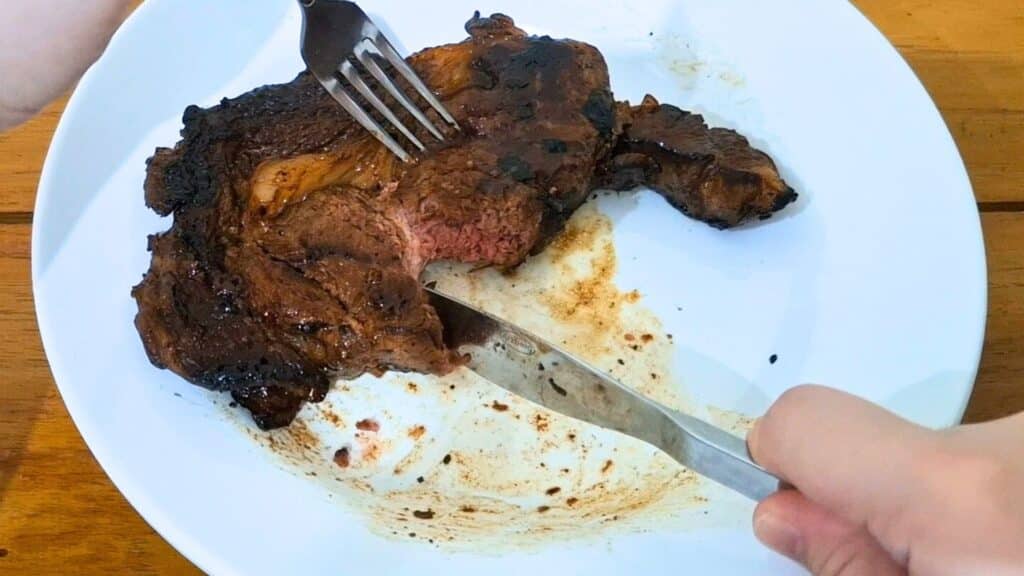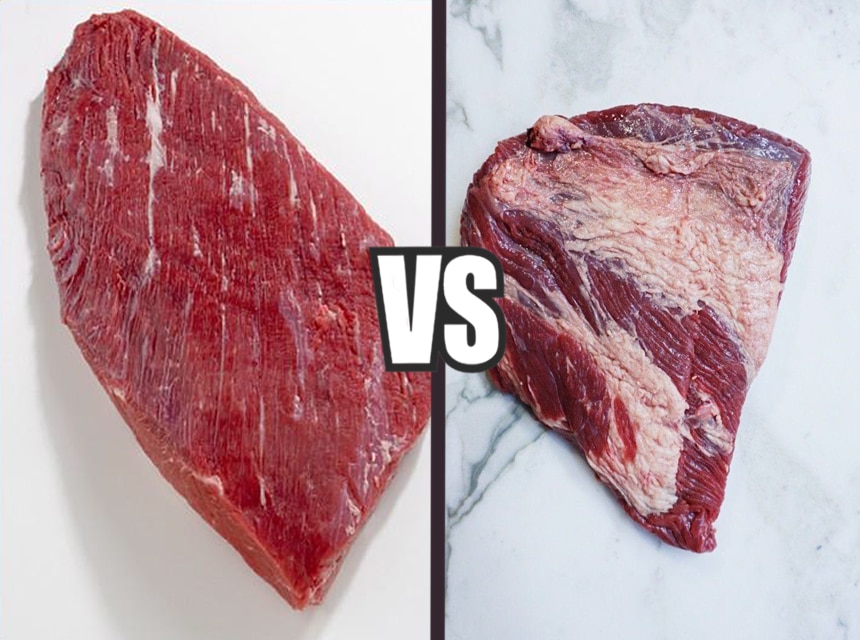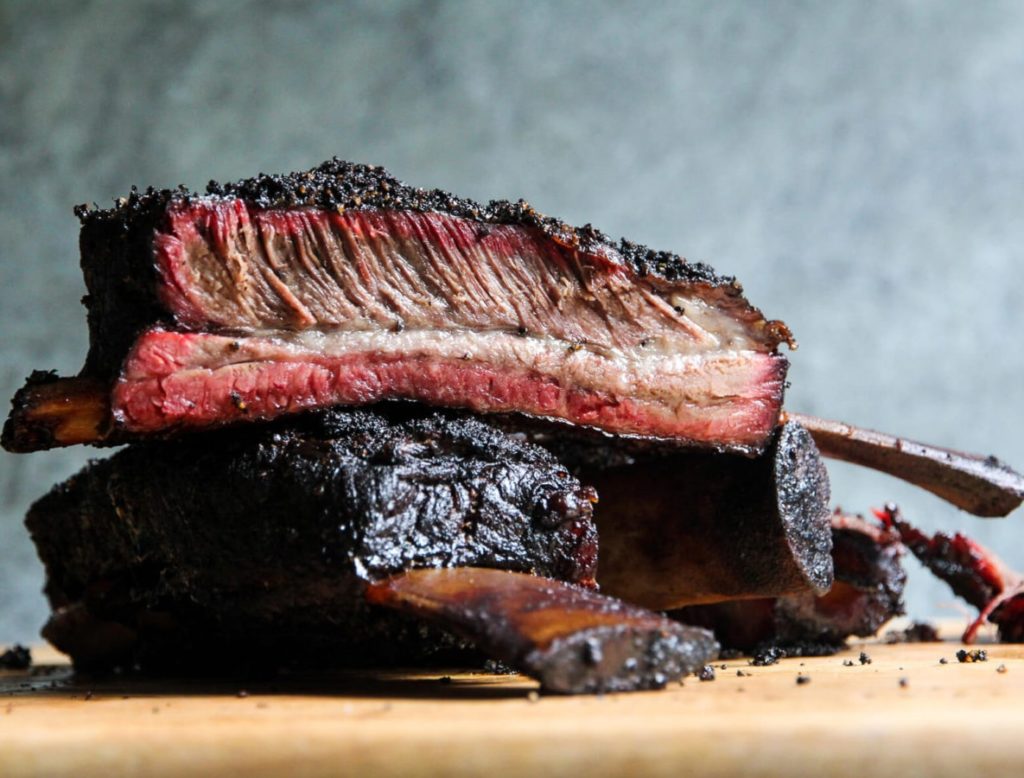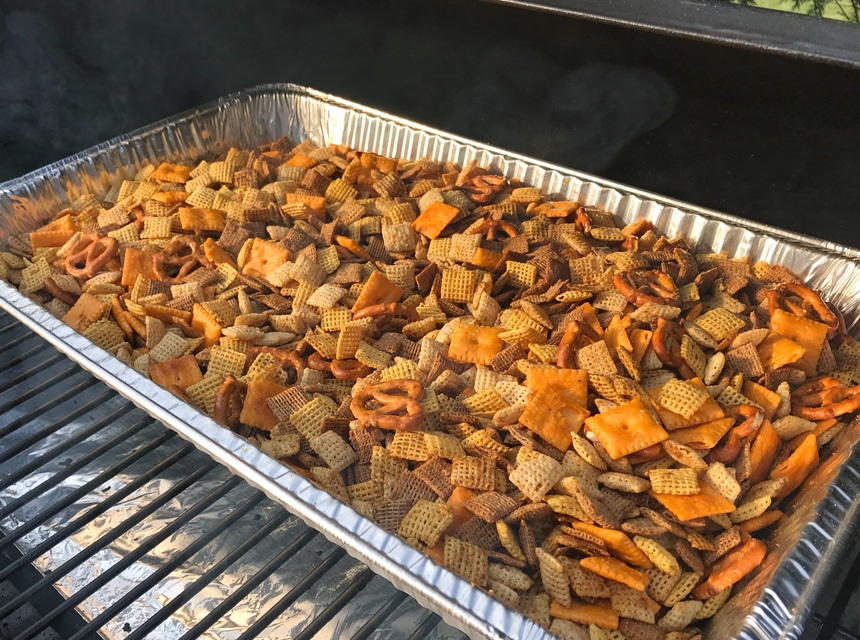

When Thanksgiving comes around, the mistress (or master) of cooking in the family should whip out her (or his) smoked turkey rub recipes and make a turkey for the ages. However, if you find yourself in that position and are unsure of what to do, it’s good you’re here first. The first thing you should know is that, contrary to what cooking amateurs might think, the turkey is not made up of one uniform type of meat; it has dark and white meat. Thanks to this, and its irregular shape, knowing how to brine and inject a turkey is important.
Because the shape and makeup of a turkey mean the different parts are optimally cooked at different temperatures Trusted Source The Right Temperature to Cook Your Thanksgiving Turkey | Southern Living There are two different methods you can use to cook your turkey. Pick your approach and you’ll be set for a delicious Thanksgiving turkey. www.southernliving.com , if you are going to be serving your turkey whole (as you no doubt want to do), it’s important to internalize what I’m sharing here. So, let’s get down to learning how to brine and inject a turkey.
Turkey might be sweet, but it’s also dry, and soaking it in salt water, or brining, is useful in keeping the turkey moist before cooking. As with most things, there’s a science Trusted Source Talking turkey: Christmas tips | Christmas | The Guardian Boil the salt, rose salt and sugar in the water until it dissolves. Let it cool. Remove the turkey giblets and place the turkey in a large container. Cover the turkey with the brine until completely submerged and leave for 4 hours. Then rinse the bird thoroughly with water, pat dry with a kitchen towel and leave to air-dry overnight. www.theguardian.com behind the brining process, but, firstly, the turkey absorbs some 8% of the brine, and the brine goes on to denature some of the proteins within its muscles, making it less likely that your turkey shrinks. However, the advantages of brining do not stop there, and here is a more comprehensive list of them:
Some of these disadvantages can be mitigated, though. For instance, the skin of the turkey can be patted down with towels and can be refrigerated for hours in a rimmed baking sheet to combat the potential effects of brining on the crispiness of the skin. The crispiness could also be helped by using quality equipment in the smoking of your turkey, and there’s no better place to start than by ensuring your grill is of the right quality. This Propane Gas Grill from Royal Gourmet should come in handy with its infrared burner and rotisserie kit.
Injecting a turkey involves the use of a hypodermic syringe to inject your turkey with a liquid. This liquid may contain broth and other water-soluble ingredients that could add more flavor to your turkey. This method might be particularly appealing if used with a grill that is fitted with a rotisserie such as the Weber E-47Propane Gas Grill.
Be careful of insoluble spices or coarsely ground spices, as they could block the needle and mess up your procedure.
The oversaturation problem could lead to some of your injected liquids squirting out and staining your kitchen, and some people use plastic wraps when injecting to deal with this.
Yes. You can brine and inject the same turkey, but you have to understand that doing both would leave you exposed to the disadvantages of both processes. Therefore, there’s a level where all of the prep might just be too much. Rather than overdoing the marinating act, you could instead pay more attention to how long your turkey needs to be smoked for optimal effect.
That’s it for both the brining and injections processes. All I’ve done up until this point is to supply you with basic information on both while also sharing ways in which they could be customized to fit your needs. Now, armed with this, it’s time for you to start the process of making a turkey you would be proud of serving. To ensure that you don’t have any first-time disasters on the eve of Thanksgiving, you might decide to try this first on a turkey wing or two before working on the holiday turkey.
As stated in the article, both methods have their advantages as well as disadvantages, and knowing what you’re looking to achieve should help select the most effective method and ingredients when it comes to brining and injecting a turkey.





